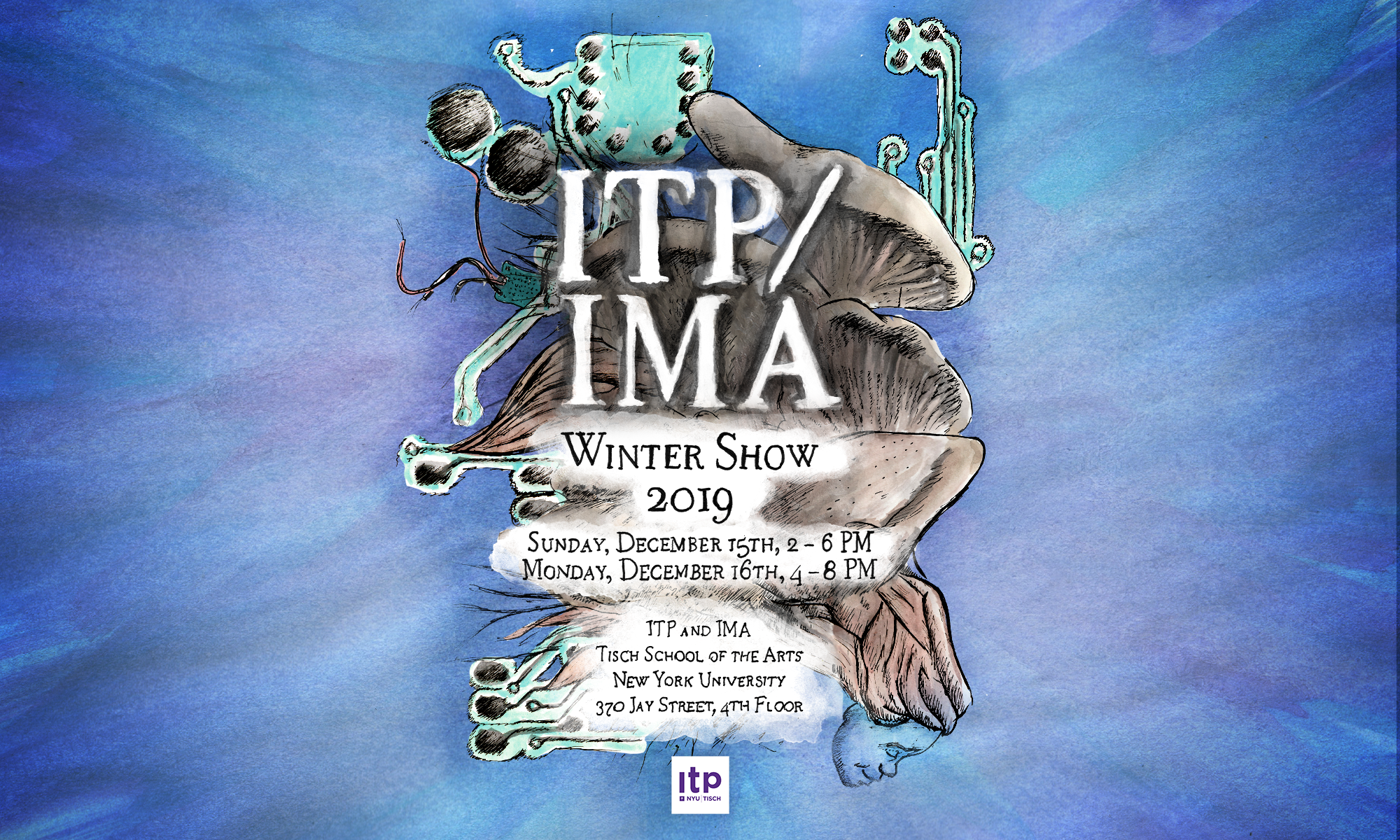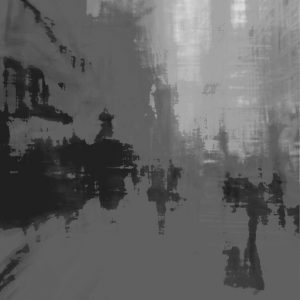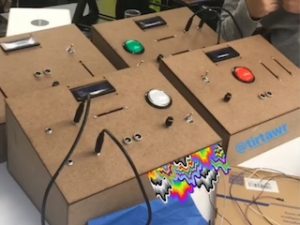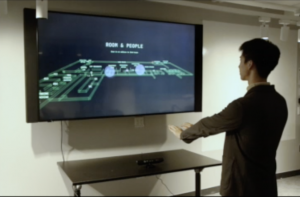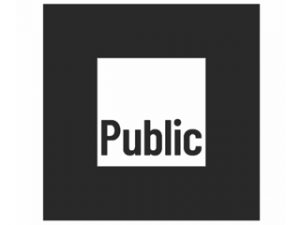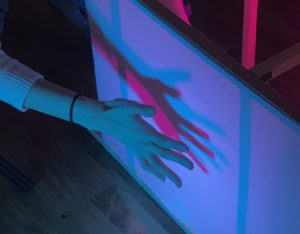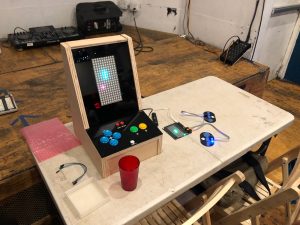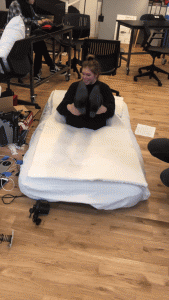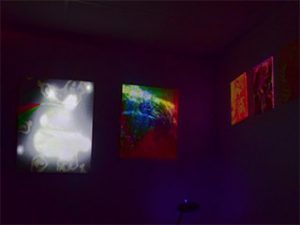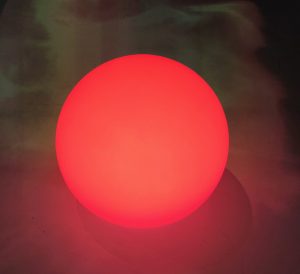Alizarin Waissberg
An immersive environment using light art and unexplored forms of synesthetic interactivity to invite a performative ceremony celebrating the cerebral aspects of femininity
https://www.alizarinz.com/sacred-about
Description
> Encrypted figurative art to be explored and revealed with uniquely designed light sources and sound reactive projection
> Additional layer of information and interaction is revealed via a simple web interface + QR codes
> The themes are inspired by feminine inventors who shaped today’s technology and science.
The upcoming iteration of Sacred Temple of Cerebral Femininity is an enhanced, optimized version of this documented version.
The new version puts the viewer in the middle, and turns them into an active participant, if not a performer. They’re invited to interact with the environment in several ways:
> Browse the environment with their phones and discover hidden layers of info and interaction
> Pick up the pulsing lamp and view themselves and the artwork in a new light
> Place their phones in the holder above the center mirror, and allow themselves to “self-center” and reflect on their divine feminine side, while they’re sitting on a throne
Classes
Light as a Medium of Art: Ways of Seeing Now
